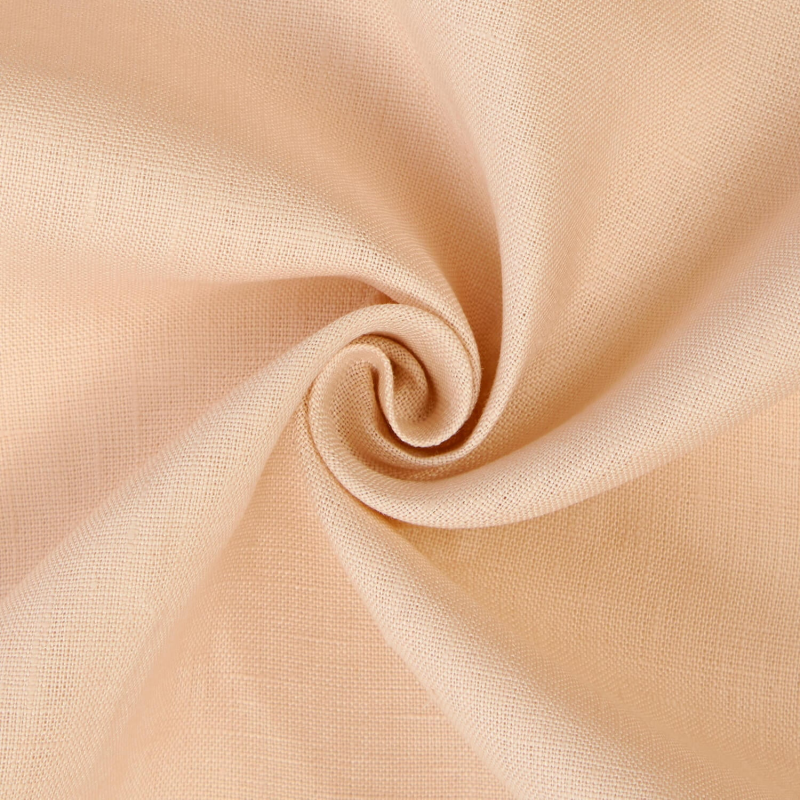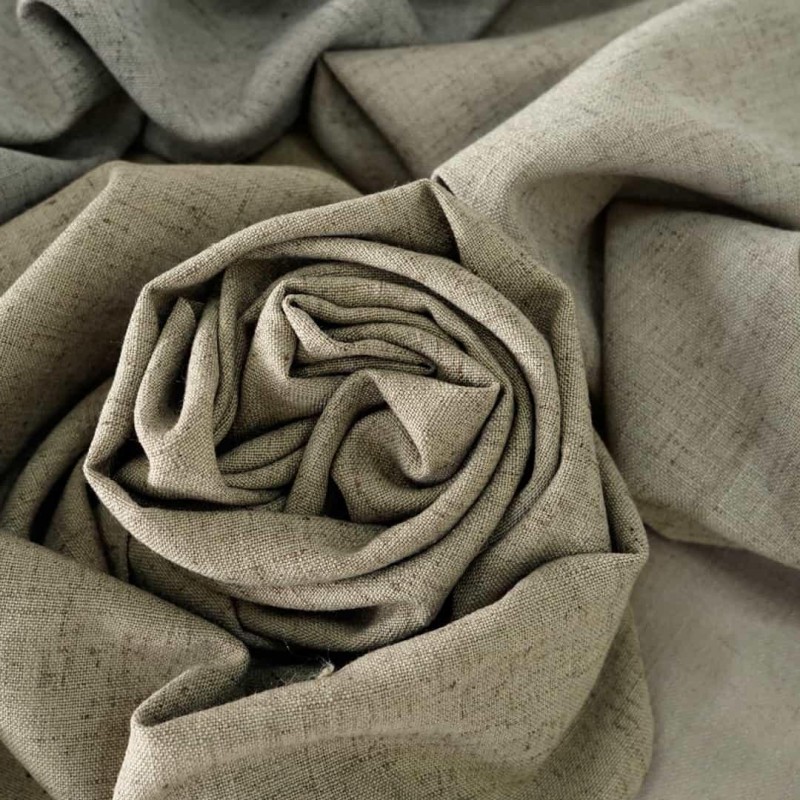When it comes to decorating or renovating a space, one of the most significant aspects to consider is the choice of fabrics that will adorn your home. Home fabrics play a critical role in enhancing the aesthetics and comfort level of your living space. From curtains and upholstery to bedding and table linens, the right fabrics can transform a dull room into a vibrant haven. They can influence the style, mood, and overall functionality of your home. Understanding the various types of home fabrics available, their uses, and maintenance will empower you to make informed decisions that reflect your personal style while optimizing comfort.
As you navigate through the different options, it is essential to recognize that not all fabrics are created equal. Each type of fabric has unique characteristics, advantages, and applications. This article aims to provide a comprehensive overview of home fabrics, exploring their various types, how to choose the right textiles for your needs, and best practices for maintenance and care. With this knowledge, you can create a home environment that is not only visually appealing but also comfortable and practical for daily use.
Types of Home Fabrics
Home fabrics come in a wide variety of materials, each offering distinct qualities and applications. Understanding these various types can help you choose the right fabric for your specific needs.
Cotton Fabrics
Cotton is one of the most popular fabrics used in home textiles. It’s soft, breathable, and easy to care for, making it suitable for a wide range of applications such as curtains, bed linens, and upholstered furniture. Additionally, cotton is known for its durability and resistance to fading. Thanks to its versatility, it can be found in various weaves and finishes, resulting in a plethora of aesthetic options.
Linen Fabrics
Linen is made from the fibers of the flax plant and is prized for its breathability and natural luster. Although linen wrinkles easily, many appreciate its relaxed look. It’s commonly used for items like tablecloths, other kitchen textiles, and curtains, providing a sophisticated touch to any room. Linen also has moisture-wicking properties, making it ideal for warm climates.
Polyester Fabrics
Polyester is a synthetic fabric known for its durability and resistance to shrinking and stretching. This quality, along with its affordability, makes polyester a popular choice for upholstery, cushions, and drapery. Additionally, polyester blends with natural fibers, combining the best of both worlds to achieve an optimal balance of comfort, durability, and cost-effectiveness.
Velvet Fabrics
Velvet is a luxurious fabric often used for high-end upholstery, drapes, or decorative accents. Its soft and plush texture adds depth and visual interest to any space. Velvet comes in various fibers, including silk, cotton, and polyester, making it versatile for a wide range of design schemes. However, it requires careful maintenance to preserve its look.
Wool Fabrics
Wool is a natural fabric known for its insulation properties, making it ideal for colder climates. Often used in blankets, throws, and winter bedding, wool is both comfortable and functional. However, consider that some individuals may be sensitive to wool; therefore, it is essential to test it out in product samples before making a larger investment.
Matching Fabrics to Your Home Decor Style
Choosing the right home fabrics involves more than just selecting a material; it also requires consideration of your overall decor style. Different homes feature unique styles, and understanding how to match fabrics to these aesthetics is crucial in achieving a cohesive look.
Modern Aesthetic
If your home follows a modern aesthetic, look for clean lines and minimalistic designs. Fabrics like cotton or linen in neutral colors can provide a fresh and uncluttered appearance. Additionally, consider bold accent pieces in striking colors or patterns to create a focal point without overwhelming the space.
Traditional Decor
In a traditional home, fabrics featuring classic patterns such as damask or floral prints will work well. Consider opting for luxurious fabrics like silk or velvet for window treatments and upholstery to create an inviting atmosphere. Warm tones and rich textures can also enhance the charm of traditional décor.
Rustic or Farmhouse Style
For rustic or farmhouse-style decor, natural fabrics such as cotton and linen are ideal. Earthy colors and patterns like checks or stripes can enhance the cozy and warm feel typical of this aesthetic. Pair these fabrics with wood accents and vintage elements to complete the look.
Industrial Style
If you lean toward an industrial style, consider using fabrics that embody strength and durability. Materials like canvas and leather can harmonize with metal accents commonly seen in industrial designs. Opt for darker colors or muted tones to create an authentic industrial feel.
Eclectic Decor
An eclectic home invites a mix of patterns, colors, and textures. Leverage various fabrics such as patterned cotton, vibrant polyester, and rich velvet to foster artistic expression. Mixing and matching can create a dynamic environment, showcasing unique design elements and personal touches.
Practical Tips for Selecting Home Fabrics
When it comes to selecting home fabrics, practical considerations can significantly impact your overall experience. Here are some tips to guide your choices:
Consider Your Lifestyle
Your daily routine and lifestyle should influence your fabric choices. For instance, if you have children or pets, consider durable and stain-resistant fabrics. Fabrics like polyester or treated cotton are practical options that withstand the wear and tear of daily life.
Think About Maintenance
Different fabrics come with varying maintenance requirements. Some fabrics, such as polyester and blends, are easy to clean and maintain, while others, like silk or velvet, may require more delicate care. Assess how much effort you’re willing to invest in upkeep before committing to a particular fabric.
Test for Comfort
Comfort should never be compromised when choosing fabrics for upholstery or bedding. Take the time to feel different materials by testing swatches. Pay attention to the texture and how it feels against your skin.
Check for Durability
Investing in high-quality, durable fabrics is essential for long-term use. Check the weave and stitch count of fabrics, as these factors can indicate durability. Research the fabric’s resistance to fading, tearing, and fraying to ensure that your investment withstands the test of time.
Balance Form and Function
Achieving a balance between aesthetics and practicality is vital when selecting home fabrics. Prioritize fabrics that not only visually appeal to you but also serve their intended purpose effectively. The harmony of style and practicality will ultimately enhance the comfort and functionality of your space.
Maintaining Home Fabrics
Proper maintenance of your home fabrics can significantly extend their lifespan and keep them looking fresh. Manage your fabrics by following these maintenance tips:
Regular Cleaning
Whether it’s vacuuming upholstery, washing curtains, or dusting throw pillows, routine cleaning can prevent dirt and allergens from building up in your home fabrics. Set a cleaning schedule to maintain the appearance of your textiles regularly.
Deep Cleaning
For many fabrics, deep cleaning every few months is advisable. Refer to care labels for specific instructions regarding washing or dry cleaning. Some fabrics may withstand machine washing, while others require professional service for optimal care.
Spot Cleaning
Accidents can happen, so be prepared to tackle stains promptly. Keep a suitable stain remover on hand and treat stains as soon as possible. Always test cleaning solutions on a hidden area of the fabric to avoid any adverse reactions.
Protective Treatments
Depending on the fabric, applying a protective treatment can help resist stains and moisture. For upholstery, consider using a fabric protector spray that can extend the life of the textile. However, always check that the treatment is appropriate for the type of fabric before application.
Storage Considerations
When not in use, properly store fabric items to prevent damage. Use breathable bags for clothing or linens, and ensure that they are clean before storage to avoid odors or mold. Avoid placing fabric items in direct sunlight, as this can fade colors over time.

Innovations in Home Fabrics
As technology advances, so too do innovations in home fabrics. Emerging trends and new manufacturing techniques play a crucial role in shaping our experiences with textiles:
Smart Fabrics
New developments in smart fabric technology have resulted in textiles that can regulate temperature or resist stains. Features such as moisture-wicking properties enhance the comfort and functionality of home fabrics while making maintenance easier.
Eco-Friendly Fabrics
Sustainability is increasingly influencing fabric choices in the home textiles industry. Many manufacturers now offer eco-friendly options, using organic materials and sustainable production methods. Choosing these fabrics can contribute to a greener lifestyle while enhancing your home.
Antimicrobial Fabrics
These innovative fabrics are treated with antimicrobial agents to inhibit the growth of bacteria and fungi. This feature is particularly beneficial for families with allergies or respiratory issues, ensuring a healthier living environment.
Recycled Fibers
The rise of recycled materials in fabric manufacturing is a positive trend towards reducing waste. Recognizing the environmental impact, many brands now create home fabrics using recycled plastics or textiles, ensuring your purchase allows for sustainability.
Customizable Fabrics
Advancements in printing technology now allow consumers to easily customize fabrics. Whether you’re looking for a specific pattern or color, customizable options are available, providing an unprecedented level of personalization for your home.
The Importance of Color in Home Fabrics
While fabric type is critical, color also plays a vital role in the overall design of your space. Selecting the right colors for your home fabrics can dramatically alter the ambiance and feel of a room.
Understanding Color Theory
Familiarizing yourself with color theory can help you make informed decisions when choosing fabrics. Warm colors, such as reds and oranges, can create a cozy and inviting atmosphere. Conversely, cool colors like blues can promote serenity and calmness.
Creating Harmony
Achieving balance and harmony within a space often involves selecting complementary colors for your home fabrics. Explore color swatches, fabric patterns, and blending palettes to create a cohesive look throughout your home.
Considering Lighting
The lighting in your room can significantly influence how colors appear. Natural light can enhance the vibrancy of certain fabrics, while artificial light may diminish it. Always test fabric colors under different lighting conditions to assess their true appearance.
Accentuating Patterns
When combining patterns with colors, consider how they interact with one another. Stripes and florals can work well together when balanced by neutral tones. Choose accent fabrics that add visual interest without overwhelming the space.
Incorporating Trends
Keeping an eye on current color trends enables you to refresh your home’s look. For example, earthy tones and pastels are gaining popularity in home textiles. Experimenting with trending colors can offer exciting ways to revitalize your space.

Conclusion
Navigating the diverse world of home fabrics can initially seem daunting, but understanding their types, applications, and care methods reveals the tremendous potential they hold for transforming your living environment. The importance of choosing the right textiles cannot be overstated, as they set the tone for comfort, style, and functionality within your home.
By considering your personal aesthetic, lifestyle, and maintenance preferences, you can make informed choices that reflect your unique tastes and needs. From cotton and linen to velvet and wool, the array of fabric options provides countless opportunities for creativity and expression.
As advancements in fabric technology continue to evolve, there’s never been a better time to explore innovative choices that bring together style and sustainability in your home textiles. With continued attention to color, texture, and practicality, you can create a harmonious environment that truly reflects your personality.
Whether you’re looking to refresh your existing decor or starting anew, the journey of selecting home fabrics is an exciting endeavor that enhances both your living experience and your personal space. By considering the insights detailed in this guide, you’ll be poised to curate a beautifully decorated home that is not only visually appealing but also a warm, inviting sanctuary for years to come.


